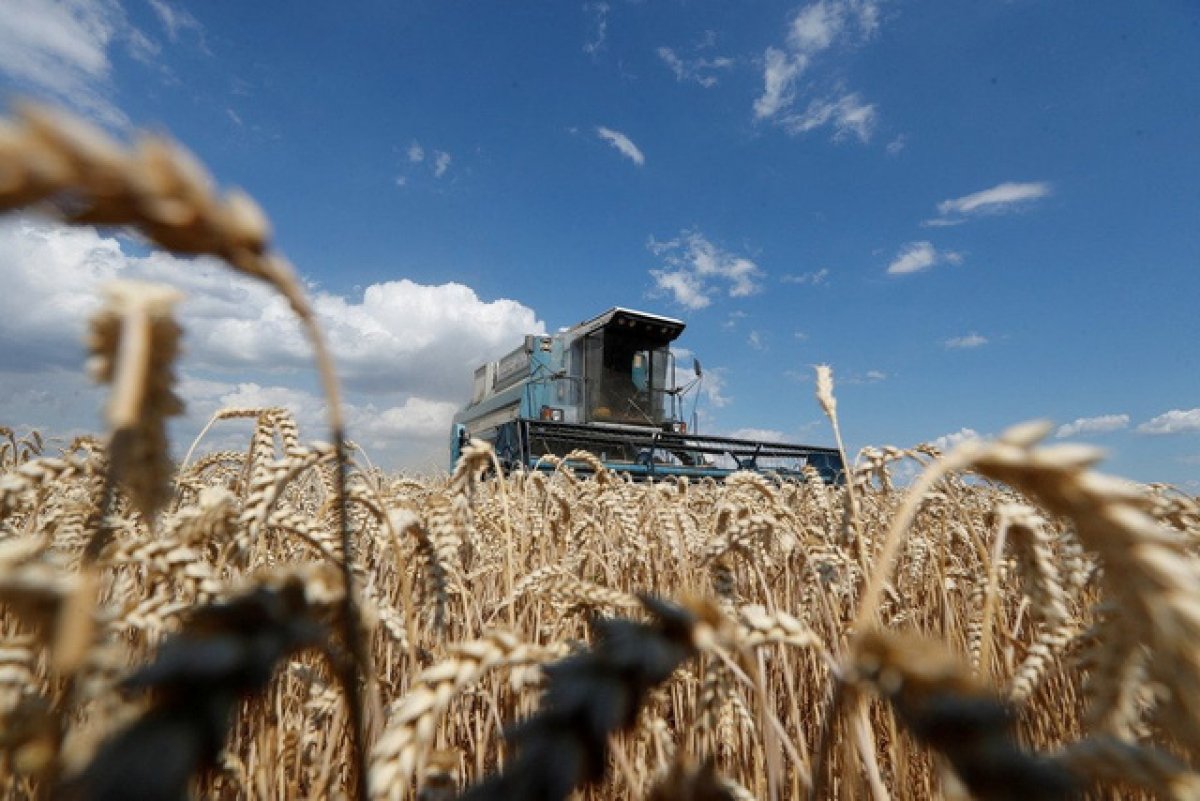HIGHLIGHTS
- The Ukraine-Russia conflict is a major driver of worsening food insecurity, particularly in poorer countries, as a result of inflated food prices.
- Russia has blocked hundreds of ships, Mariupol has fallen, and Mikolaiv and Odessa ports are currently under attack.
- In response to Russia’s Black Sea blockade, Ukraine is turning to other modes of transport and planning trade corridors.
FULL ARTICLE
Food insecurity is coming
As a result of inflated food prices, there would be a global food crisis. The UN believes that the Ukraine-Russia conflict is a major driver of worsening food insecurity, particularly in poorer countries.
As seen from Ukraine’s perspective – a country considered the ‘breadbasket’ of Europe – Russia’s aggression and blockade in Black Sea is “to blame”.

According to Taras Kachka, Ukraine’s Deputy Minister of Economic Development, Trade and Agriculture, Ukraine is not alone: “The majority of export states are saying the blockade of seaports in Ukraine is the cause of the jump in prices and lesser accessibility and affordability of grain.”
In order for the ‘trade world’ to run smoothly and ‘bring food to the people,’ Kachka is calling for political action to ensure interoperability between Ukraine and its European neighbours.
Russia blockades trade in Ukraine
Ukraine plays a significant role in agriculture. 70% of the country’s land is planted with sunflower seeds, corn, soybeans, wheat, and barley.
Prior to Russia’s crisis in Ukraine since February this year, one of the country’s ‘competitive advantages’ was its ‘efficient’ seaports for commodity transportation. For example, Ukrainian exports of 20m tonnes of wheat last calendar year were mainly shipped by sea. The ports of Mikolaiv and Odessa are ‘key’ for the export of wheat, sunflower oil and corn. “They exported more than 90% of all our food commodities,” explained Kachka.
The Russian blockade of the Black Sea is growing, however. Since its invasion more than three months ago, Russia has blocked hundreds of ships, Mariupol has fallen, and Mikolaiv and Odessa ports are currently under attack.
The deputy minister stressed that Ukraine continues to produce enough food, however, the Minister continued: “Logistics are the main issue, not food production”
Trains and ‘trade swaps’
At present, Ukraine’s only way to trade is through its western border.
By boat, Ukraine can access the Danube Delta, the second largest river delta in Europe. The river lies largely in Romania, with a small section located in Ukraine. In terms of ports, Ukraine can use its ancient river port Kiliya. This port used to be used in Medieval times for the export of wheat, and now is actively used for the export of wheat and corn to the Black Sea and then to the Mediterranean.

Despite this, Ukrainian commodity exports are far from the level they were before the Russian crisis. Ukraine exported around 4 million tonnes of corn in February but two months later, in April, it exported just 700 tonnes of corn.
In response to Russia’s Black Sea blockade, Ukraine is turning to other modes of transport. The country has railway connections to neighbouring countries such as Romania, Slovakia, Hungary, and Poland, and hopes to move its commodities through these countries and onwards to their seaports or seaports further afield.
However, a lack of interoperability between ‘railway connections’ is the obstacle to Ukraine. “That’s why the actual figures of our grain has dropped by four-fold, and even more, in comparison with February,” the Deputy Agricultural Minister told delegates.
Another option would be to transfer commodities through Lithuania and Belarus, which share interoperable railway systems with Ukraine. But Kachka is wary: “Given the situation with Russia, no one can guarantee that Belarus will peacefully allow the transit of Ukrainian corn or wheat to Baltic seaports.”
The country would also be able to export more if it engaged in trade swaps.
It is easier for Ukraine to transport corn and wheat to neighbouring markets – such as Romania, Hungary, Germany, Poland, and Slovakia – yet more challenging to reach North- and Sub-Saharan Africa; therefore, the Deputy Minister suggested greater coordination between producing countries could prove beneficial.
A call for political action
However, the “commercial setting” of a trade corridor between countries will require many agreements between wagon owners, seaports and also commercial agreements with all companies in the countries bordering Ukraine. “It is feasible to create these types of corridors, but to ensure their functionality, it needs really good coordination and support from Ukraine to seaports all over the EU.” Kachka said.
To advance Ukraine’s trade capabilities, and in turn, ease global insecurity, the deputy minister stressed ‘political support’ is required: “Without political support, this commercial dimension for making these corridors will take more time because it involves a lot of regulatory authorities and a lot of stakeholder enterprises.”
Kachka believes the capacity to transport grain to European seaports will grow again, but lamented capacity is still far from Ukraine’s pre-war export scale.
Mai Pham
Iran tests new trade corridor transporting Russian goods to India













